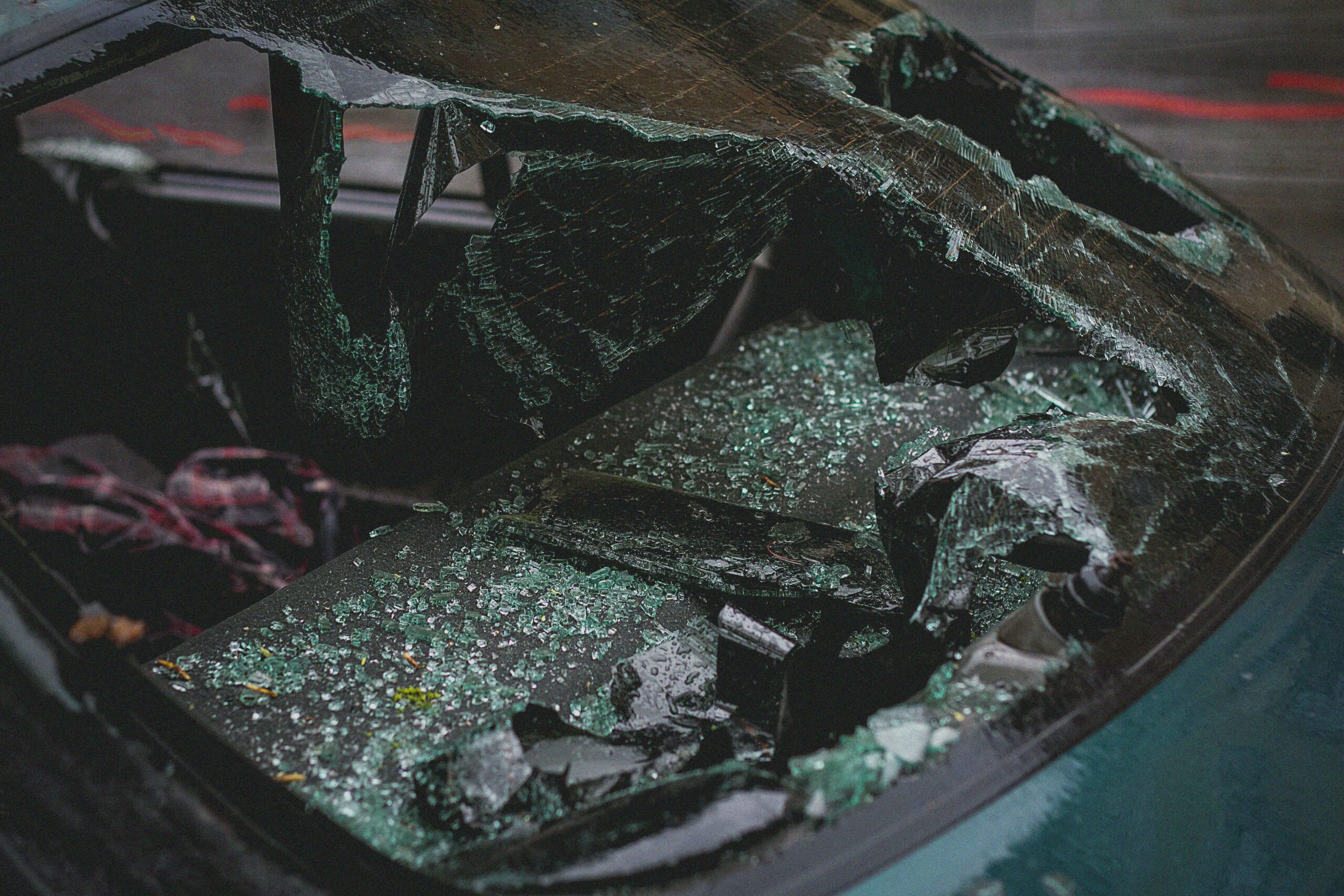When it comes to driving, you never know when you’ll get a flat, when you’ll hit a deer, when your vehicle will slide on black ice, when it will hydroplane and land in a ditch, or when you’ll drive straight into a roadway hazard, such as a piece of tire or a piece of furniture that fell out of the back of someone’s truck.
If something goes wrong, hopefully, you’ll have roadside assistance and a strong cellphone signal so you can call a tow truck for help. But if you don’t have a signal or if your cellphone is dead and you don’t have a charger handy, you’ll have to hope you’ll be able to wave down a passing motorist. Otherwise, you just may have to stay the night in the boonies.
Be Prepared & Stay Safe
Your chances of getting through this trial with ease are much better if you are prepared with a well-stocked emergency roadside kit in your vehicle. With the “right stuff” in your kit, you can use a can of sealant to inflate the flat tire or set out flares to alert approaching motorists if you can’t move your vehicle for some reason. And if it’s cold and you’ll be stranded for several hours, at least you’ll have some food, water, and a blanket to keep you comfortable until help can arrive on the scene.
A lot of drivers take their safety and convenience for granted. Their vehicle may be brand-new, but they forget to think about all the potential roadside hazards that are out of their control, such as debris in the road or a wild animal running in front of their vehicle. Sometimes, a roadside emergency kit can mean the difference between getting struck by another vehicle, becoming dehydrated, or even freezing to death on a frigid winter night.
What should a basic roadside emergency kit include?
- Jumper cables
- Flares
- At least one quart of motor oil
- One gallon of coolant
- Space blanket or regular blanket
- Flashlight
- Batteries
- First-aid kit
- Note pad
- Pen and paper
- Tire pressure gauge
- Fix-a-flat
- Paper towels
- Spray bottle filled with washer fluid
- Ice scraper (if you’ll be traveling in a snowy area)
- Energy or granola bars and bottled water
- Tool kit containing pliers, adjustable wrench, pocket knife, and screwdrivers
Our advice is to assemble an emergency kit containing the above items, place it in a box or backpack and put it in the trunk of each vehicle that you own. For convenience, you can go to Amazon and buy pre-assembled roadside emergency kits.








